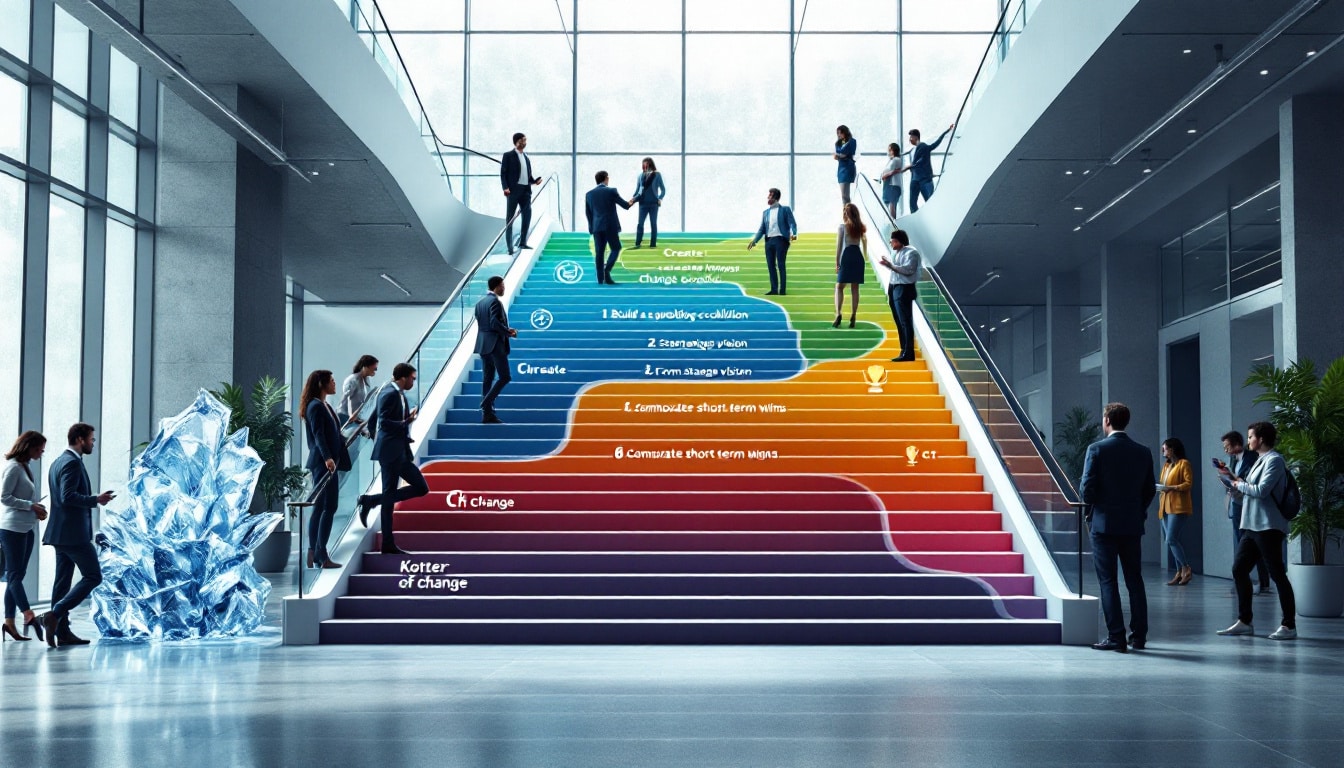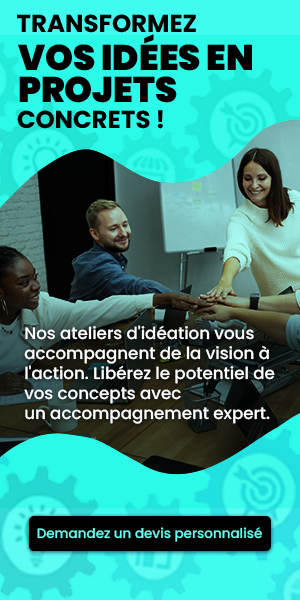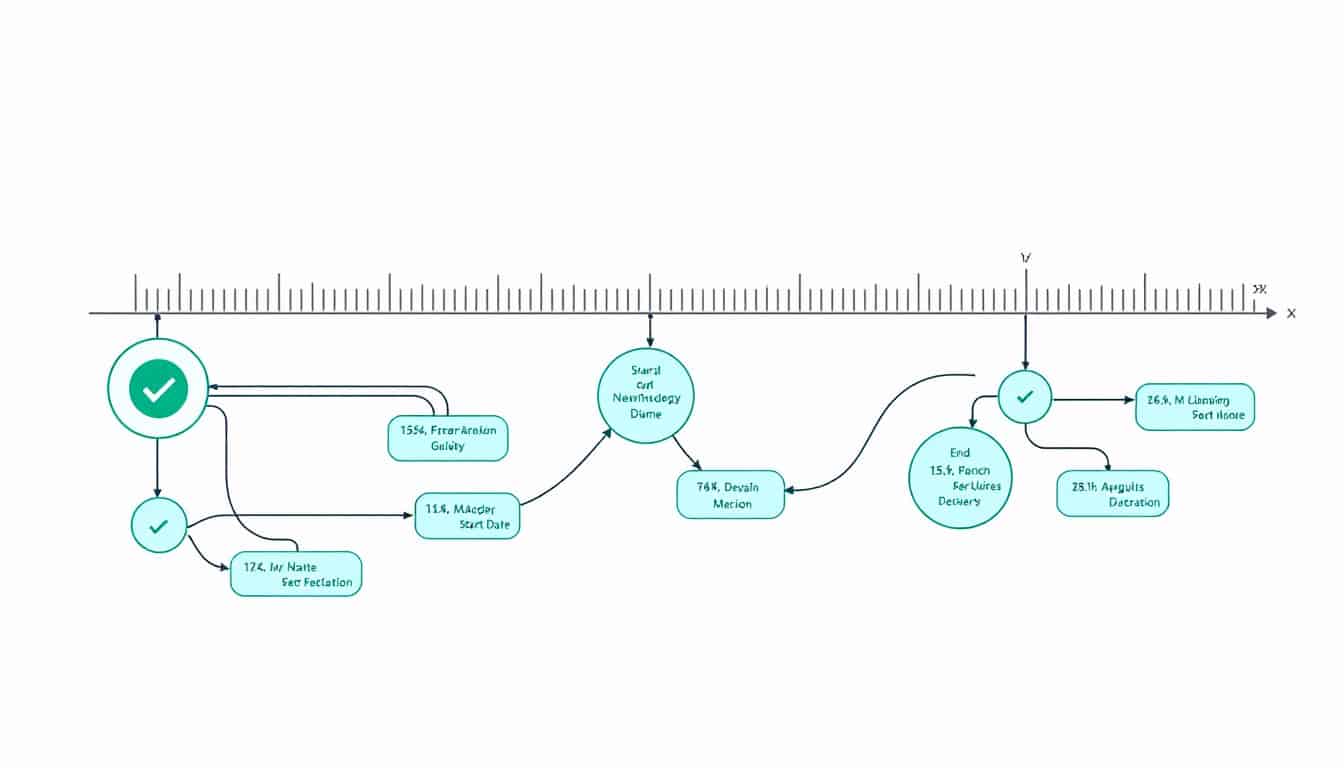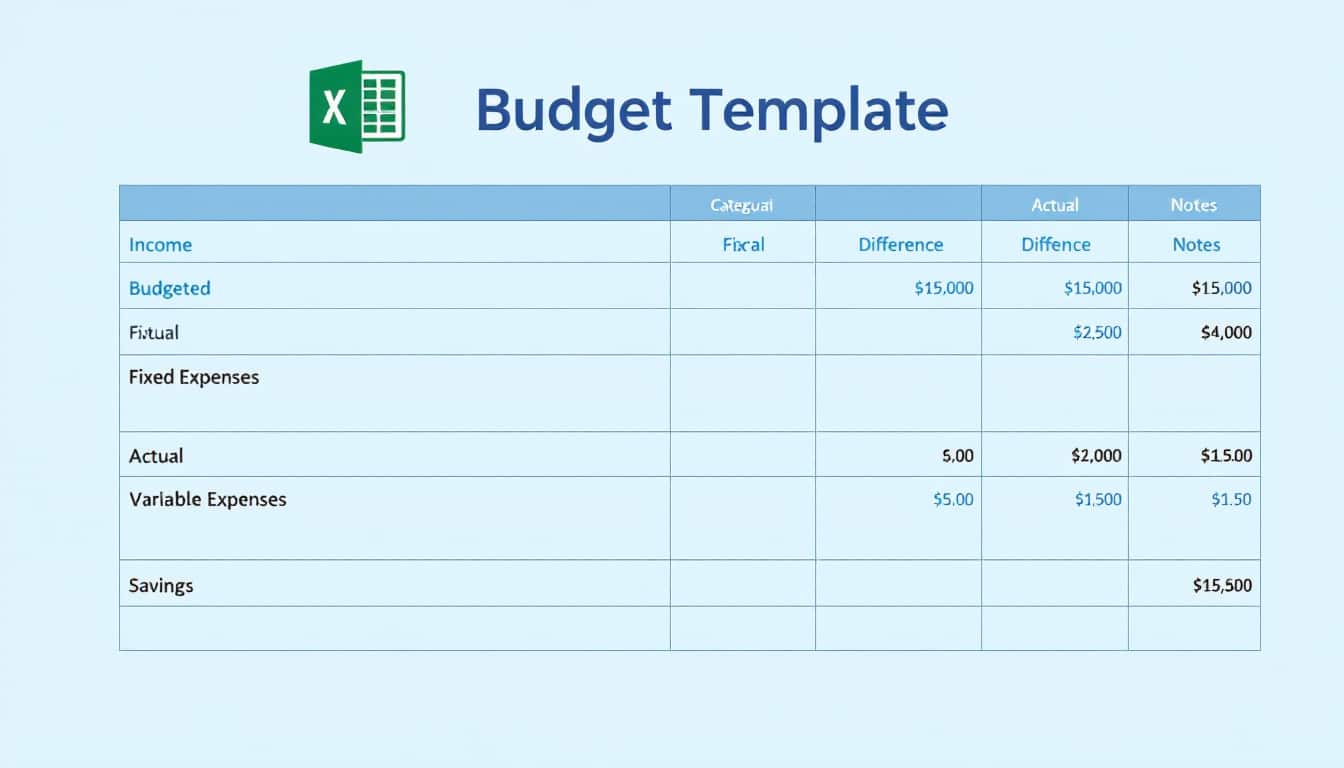Change in business represents an unavoidable challenge for the smooth operation of organizations. Whether it involves restructuring, integrating new technologies, or evolving in business strategy, proven change models can guide teams through these delicate transitions. Among these approaches, four models stand out for their ability to soften the process and foster employee buy-in. By exploring these methods, we will discover how they can be valuable allies in managing change within companies.
🔥 Nous recommandons Ideamap
Ideamap est l’outil idéal pour un brainstorming ou un projet collaboratif. Grâce son interface facile et à ses fonctions IA, Ideamap booste votre créativité tout en favorisant une meilleure organisation de vos idées pour atteindre vos objectifs.

In the field of change management, several models have been developed to help businesses navigate through transitions. Among the most widely recognized are the Kubler-Ross model, the Bridges model, the Lewin model, and finally, the Kotter model. Each of these models offers a unique perspective on how individuals and organizations can manage change more effectively.
Kubler-Ross Model and Its Implications
The Kubler-Ross model is often used to explain the emotional stages individuals face during significant changes, such as a restructuring within the company. This model identifies stages such as shock, denial, anxiety, decision, and acceptance, allowing managers to better understand employee reactions. When a company initiates a change, recognizing these stages can foster an environment where employees feel supported during the process.
Lewin’s Model: A Practical Framework
The Lewin model is based on three stages: unfreeze, change, and refreeze. This model is particularly useful for organizational change, as it offers a clear structure to support employees through transformations. In the unfreezing phase, old methods are questioned, creating space for innovation. By following this process, businesses can implement changes smoothly, thereby reducing anxiety and resistance that employees may potentially feel.














